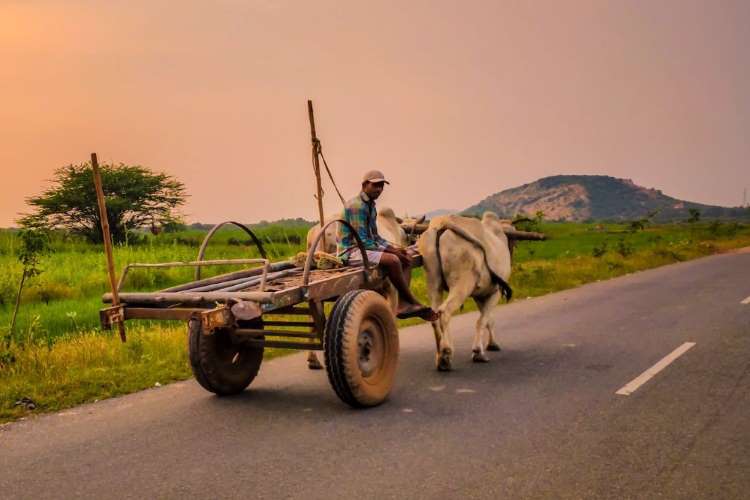Budget 2025: On February 1, Finance Minister Nirmala Sitharaman will present the final budget of the Narendra Modi government’s second term. Amid global trade uncertainties, this interim Budget, which has limited remit, will try to balance election year expectations and the need to achieve fiscal consolidation. It is widely expected that the budget will do enough to enhance agriculture sector and build social infrastructure.
The critical link between social sector spending and its profound, long-lasting impact on the quality of life is universally recognised. Finance ministry data shows that social services spending has consistently accounted for 24-27% of the total budgetary expenditure.
READ | Indian middle class: Aspiring giants, still facing economic bumps
In last year’s budget, the finance minister outlined a vision for a prosperous and inclusive India, introducing Saptarishi – seven priorities that form the blueprint for India@100, focusing on inclusive development, infrastructure, and investment. These initiatives reflect the government’s overarching philosophy of inclusive growth and efforts to reach every citizen.
However, achieving lasting growth necessitates integrating environmental sustainability with economic advancement. The worsening climate crisis, evident in increasing droughts and floods, demands attention. The budget must allocate resources for renewable energy initiatives, clean technology development, and climate-resilient agriculture. By promoting green growth, India can secure its future as a responsible global leader and ensure long-term prosperity for its citizens.
Inclusive growth is necessary for job creation at the grassroots level. The Periodic Labour Force Survey (PLFS) indicates a fall in urban unemployment and an increase in labour force participation, requiring the government’s commitment to improve these metrics further.
Recognising the challenges faced by small farmers due to fragmented land holdings, the government has focused on technologies and support mechanisms to boost rural and agricultural development. Despite these efforts, there is a pressing need for more significant investment and policy intervention in agriculture and allied sectors to ensure the prosperity of farmers and the rural economy.
As there will not be an economic survey this year, the government has released a document prepared by the Chief Economic Advisor. The document highlights the need for growth in allied sectors, emphasising the need to focus on these areas to enhance farmers’ incomes. Despite fluctuations in private investment, public investment in agriculture has remained stable, underlining the need for a targeted approach to bolster both public and private sector investment.
To reduce dependency on edible oil imports, there is a call for increased domestic oilseed production and support prices. India, a major vegetable oil consumer and importer, faces the challenge of meeting its growing demand sustainably. The National Mission on Edible Oils – Oil Palm (NMEO-OP) seeks to expand oil palm cultivation significantly, underscoring the potential for domestic oil production enhancement.
With India poised to have the world’s largest youth population, the government’s focus on education, skilling, and digital infrastructure is crucial for harnessing this demographic potential. Initiatives like the Skill India mission, digital education through PM e-Vidya, and support for edtech startups are essential steps toward preparing the young workforce for the future.
Beyond economic goals, the budget must address persistent social inequalities that hamper inclusive progress. This includes tackling gender disparities, caste discrimination, and ensuring accessible healthcare for all. Investments in affordable housing, sanitation facilities, and nutrition programs for vulnerable communities are crucial for building a truly equitable society. Addressing these challenges will not only foster social justice but also unlock the full potential of diverse sections of the population, contributing to overall national growth.
As the final budget of the Modi government’s second term, this is a pivotal moment to lay the foundation for India’s next phase of development. Balancing fiscal prudence with bold initiatives in agriculture, social infrastructure, environmental sustainability, and inclusive growth is key. By addressing long-standing challenges and seizing emerging opportunities, this budget can set India on a trajectory towards a more prosperous, equitable, and resilient future. The onus lies not only on the government but also on active citizen participation and informed public discourse to ensure that this budget truly reflects the aspirations of all Indians.
(Dr Shashank Vikram Pratap Singh is Assistant Professor at Shri Ram College of Commerce, University of Delhi.)

